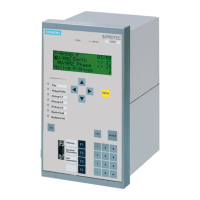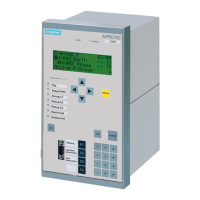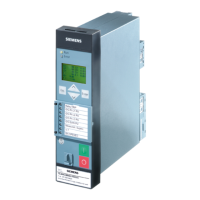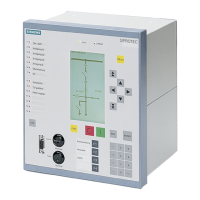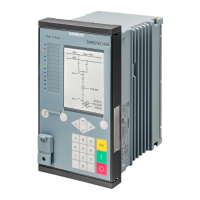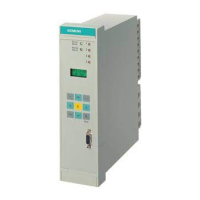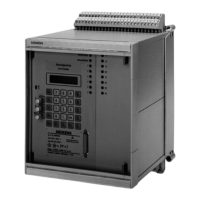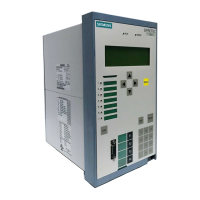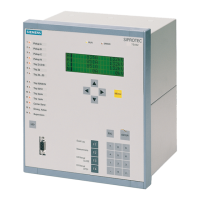3.3 Commissioning
505
7SD5 Manual
C53000-G1176-C169-1
Measuring Differen-
tial and Restraint
Currents
The test for two ends is terminated with the reading of the differential, restraint and
load currents which simultaneously check that the current transformer connections
have been restored correctly after the I
4
test (if performed).
• Read out the differential, restraint and load currents. They are available for every
phase at the device display or in DIGSI
®
amongst the measured values.
– The differential currents must be low, at least one scale less than the currents
flowing through. If high charging currents are to be expected in long overhead
lines or cables, these are additionally included in the differential currents.
– The highest of the measured values of the load current (3 values) is converted to
Ampere and entered in I-DIFF>. The recommended setting for the pickup
threshold is 1 · I
cN
.
– The restraint currents result from the pickup value I-DIFF> (address 1210, see
Section 2.3.2) in addition to the sum of the current errors to be tolerated: such as
the locally permissible current transformer error according to address 253 E%
ALF/ALF_N (see Section 2.1.2) the permissible current transformer errors at the
other ends according to that setting there, as well as the internal estimation of the
system errors (frequency, synchronization and delay time difference errors). With
the default values for I-DIFF> (0.3I
N
) and E% ALF/ALF_N (5.0% = 0.05) there
is
with
I the actual current flowing,
I
NB
the nominal operating current (as configured),
I
N1
the primary nominal current of the local current transformers,
I
N2
the primary nominal current of the current transformers of the remote end.
In the „WEB-Monitor“, the differential and restraint currents are displayed as a graph
in a characteristics diagram. One example is illustrated in Figure 3-33.
• If there is a differential current in the size of twice the through-flowing current, you
may assume a polarity reversal of the current transformer(s) at one line end. Check
the polarity again and set it right after short-circuiting all the three current transform-
ers. If you have modified these current transformers, also perform a power and
angle test.
• Finally, open the circuit breaker again.
• If parameter settings have been changed for the tests, reset them to the values nec-
essary for operation.
www . ElectricalPartManuals . com

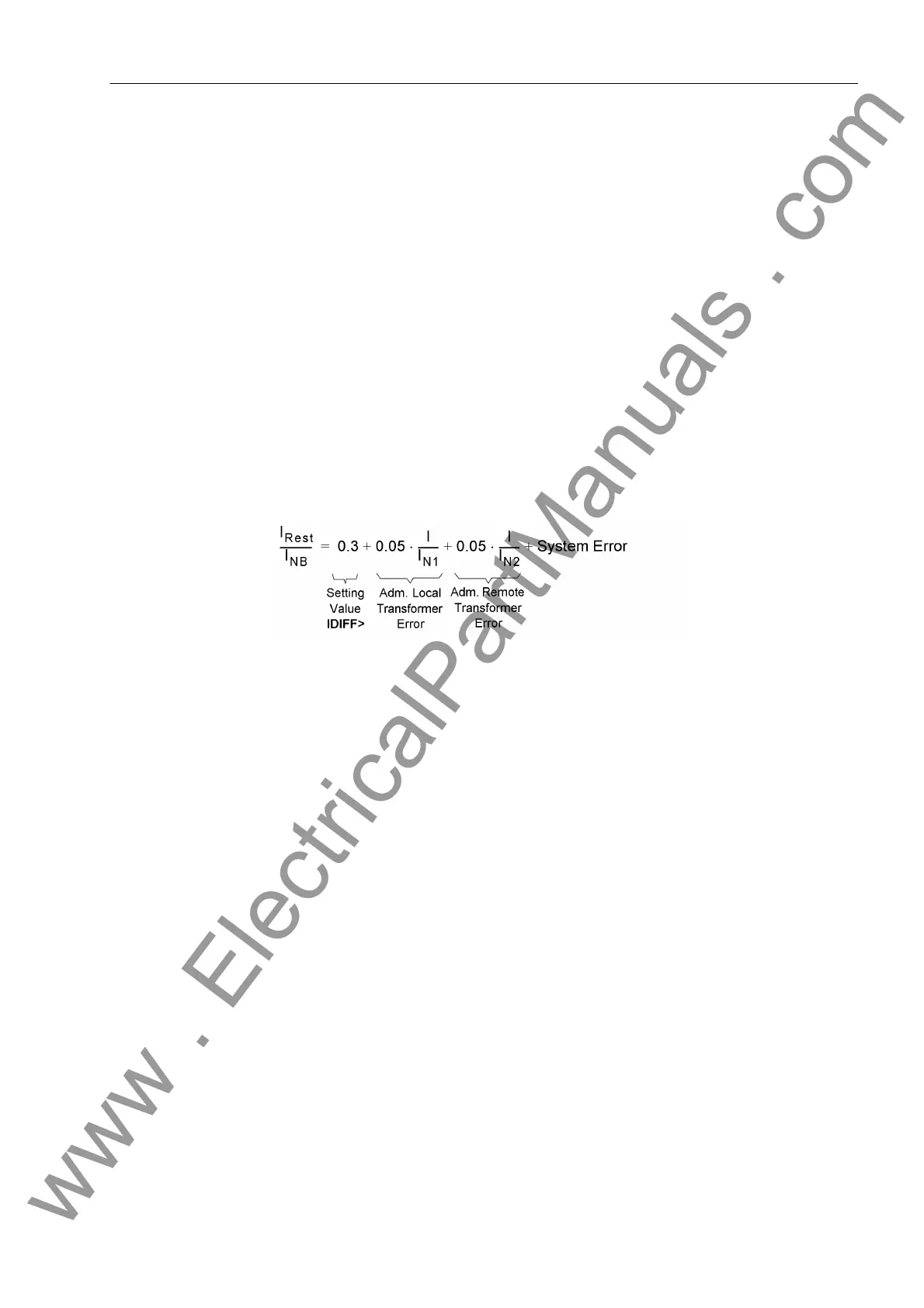